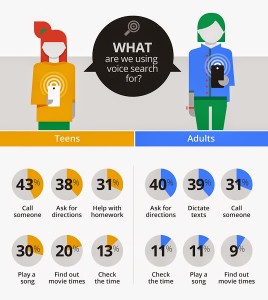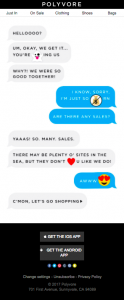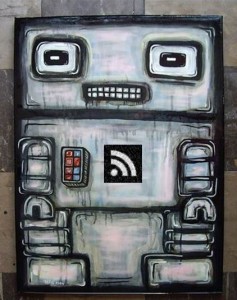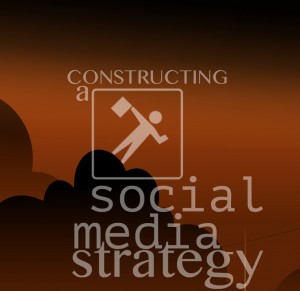— June 18, 2019
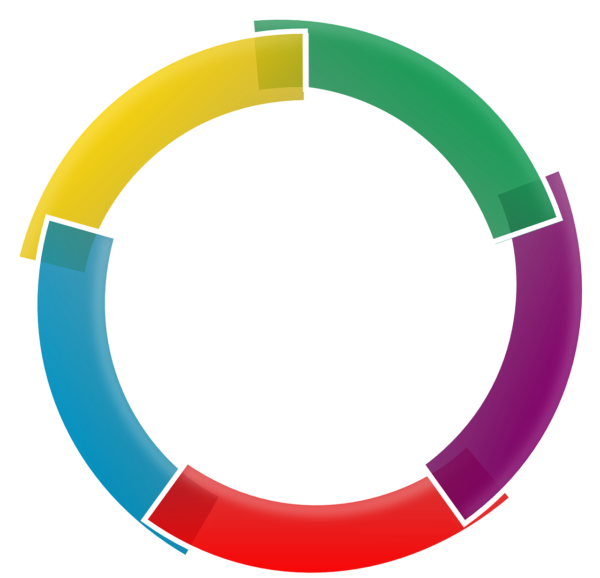
OpenClipart-Vectors / Pixabay
Since I joined the working world years ago, I’ve tailored the way I describe my job to whoever asks me “so what do you do for a living?” If the person asking is in the martech industry, for example, then I get pretty detailed about my role (content marketing) and what Evergage is (a personalization and customer data platform). But if the person asking is an elderly relative at Thanksgiving? Then I keep it simple by saying I work in marketing, and leave it at that.
What I’m essentially doing is organizing the people I interact with into a few broad categories and figuring out which of my basic elevator pitches is best suited for each group. In other words, I’m using segmentation to pick the message I share.
Customer segmentation has been around for a very long time, so the idea shouldn’t be new to anyone, especially marketers. But the way segments are built and used in today’s digital world is constantly evolving. So I want to give an overview of segmentation in this blog post. What is segmentation? How are segments built? What are they used for? I’ll answer those questions here.
Definition of customer segmentation
Businessdictionary.com defines segmentation as “the process of defining and subdividing a large homogenous market into clearly identifiable segments having similar needs, wants, or demand characteristics.”
To make it simpler, I would say that customer segmentation is about grouping people together based on shared traits.
Of course, I’m using the “customer” in “customer segmentation” as sort of a catch-all. You don’t need to create segments of just your customers. You can segment your prospects or target accounts, anyone in your email list, or even anonymous visitors on your site or mobile app.
Why would you want to create segments as part of your marketing strategy? There are two main reasons: analysis and personalization.
Segmentation for analysis
By using segmentation in analysis, you create groups of individuals to uncover any meaningful differences between them.
Are customers who have installed your mobile app more loyal than those who haven’t? Do enterprise customers and small business customers use your SaaS product in different ways? How do website visitors who convert behave differently from those who don’t?
Those questions can all be answered by creating segments of your customers and prospects and analyzing how they differ. You can then use those insights to guide your marketing efforts going forward.
For example, you can prioritize promotions of your mobile app if you find it produces more loyal customers. You can encourage enterprise and small business users to try different features known to deliver more value for those segments. You can produce content similar to the types of content that leads to more conversions.
When you know how certain groups differ from each other, you can use that information to produce more successful, data-driven marketing campaigns targeted to the right groups of people.
Segmentation for personalization
In addition to informing your marketing strategy, you can also create segments to target them with personalized experiences. You do that by setting up rules to deliver a specific message or experience to a specific segment.
For example, if a person falls into the “located in Boston” segment, then display an infobar message inviting her to an event in the area.
If a person falls into the “loyal customer” segment, then send him an email promoting early access to a sale.
Let’s return to my examples from the analysis section earlier. If you know you want to promote your mobile app, you can send an email or deliver a message on the website only to those customers who have not yet downloaded it. If you find that enterprise and small business users rely on different product features, you could message each group while they are in the product to encourage them to use the features you’ve identified would lead to success. If you find that people who have converted engage with certain content assets, you can recommend that content to visitors who haven’t converted.
There are so many ways to personalize experiences using segments and rules. To learn more, check out the ungated eBook “The Marketer’s Guide to Machine-Learning vs. Rule-Based Personalization.”
Data for segmentation
But where does the data for segmentation come from? Any customer data you collect in any system in your organization can be used for segmentation.
The data types that likely spring to mind are segments created around attribute data. That includes segments like:
- Visitors from a certain location
- Prospects with open opportunities
- Customers in a certain industry
- Customers in your loyalty program
- People in certain demographics or lifecycle stages
These are all segments created around shared attributes.
But don’t forget that you can also create groups of people who have demonstrated certain behaviors as well. For example:
- Website visitors who have spent more than three minutes on your site in the current session
- Customers who have opened five or more emails in the last six months
- Customers who have made a purchase in the last month
- Prospects who have attended a webinar in the last year
- Visitors who have demonstrated an interest in a specific topic or product category based on their time spent on the site
These are all segments created around shared behaviors.
Once you have basic segmentation under your belt, you can create narrower and narrower segments by combining different data types together in one segment, such as:
- Visitors from Florida who have read two or more articles on your blog in the past month
- Customers in the loyalty program who have demonstrated that “Office Supplies” is their favorite category to shop
- Existing auto insurance customers who have browsed information on home insurance in the last week
Of course, this type of manual segmentation I have described relies on your ability to identify the segments that will be important to your business. While there are probably several important segments you can list off the top of your head, with all the customer data you have available, there are likely some big differences between some groups that you don’t have the time or ability to identify yourself. That’s where predictive segmentation comes in. With this type of segmentation, you rely on machine learning to sift through all of your customer data to spot meaningful differences between groups of people you may not think to look for.
You can certainly create a number of useful segments without machine learning, but it can help take the guesswork out of segmentation.
Examples of segment-based personalization
Once you have identified your segments, you can use them to target an experience in-the-moment whenever they are on your website, using your mobile app, or logged into your SaaS product; you could send specific emails to these segments; or, you could simply identify a group of individuals for your sales team to target with personal outreach.
Let’s explore some examples of segment-based personalization in action.
A financial services company that tailors its main homepage experience to both prospective customers and current customers leverages segmentation.
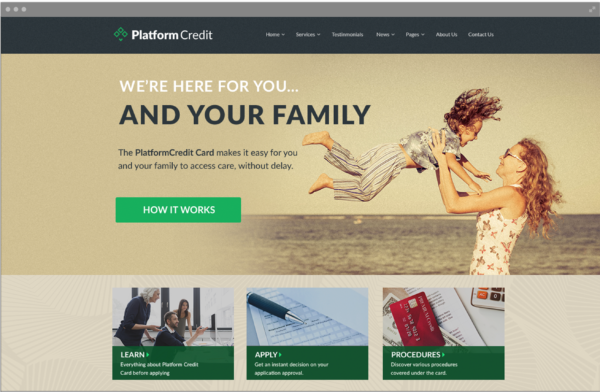
Segment: Prospective customers
Experience: Homepage CTA suggests visitor discovers “How It Works”
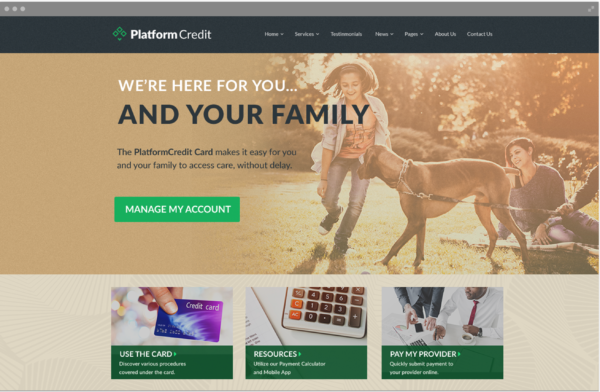
Segment: Current customers
Experience: Homepage CTA suggests customer “Manage My Account”
A retailer that tailors its homepage to the favorite category of a visitor can use segmentation to do so.
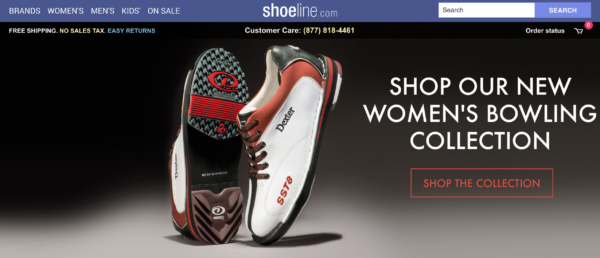
Segment: Shoppers who have previously demonstrated interest in bowling shoes
Experience: Homepage promotion for bowling shoes
A tech company that displays a message specifically to visitors from Charlotte is leveraging segmentation.
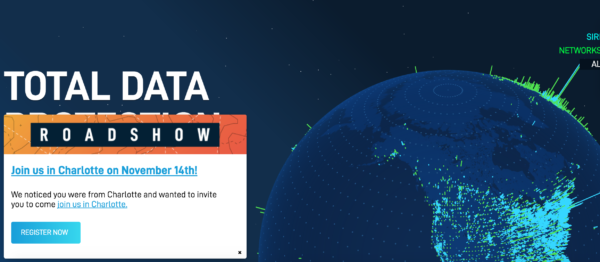
Segment: Visitors located around the Charlotte, NC area
Experience: Message promoting local event
A B2B company can leverage segmentation as part of its account-based marketing (ABM) strategy by selecting specific messages, images, content assets, etc. to target to certain industry segments.
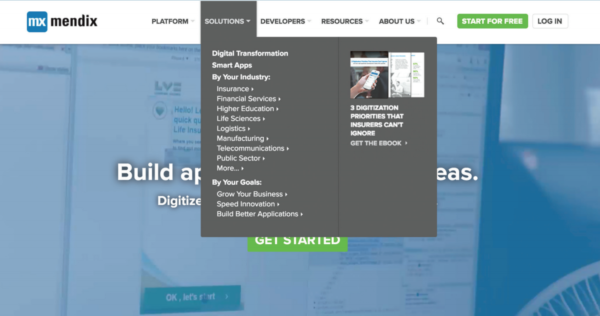
Segment: Insurance industry segment
Experience: Insurance-specific content asset promoted in website navigation
Additionally, a retailer that sends an email to customers in its loyalty program who have shown an interest in a specific category can leverage segmentation. A B2B company that targets different digital ads to prospects in different stages of funnel can use segmentation.
All of these are just a few examples, but there are so many more. If you have a specific message or experience you want to display to individuals that meet some pre-established criteria, you have a situation that calls for segmentation.
Final Thoughts
Segmentation is a powerful tool to help you understand and act on differences between groups of your customers, prospects, visitors, app users, etc.
Of course, you can only build and act on segments using data you can access. That’s why the concept of a customer data platform (CDP) is so important. You have customer data scattered across your organization. You need to bring it into a single location in order to build segments from it. Only then can you take action on that data by analyzing it, personalizing with it, or sending it to another system.
Business & Finance Articles on Business 2 Community
(39)

